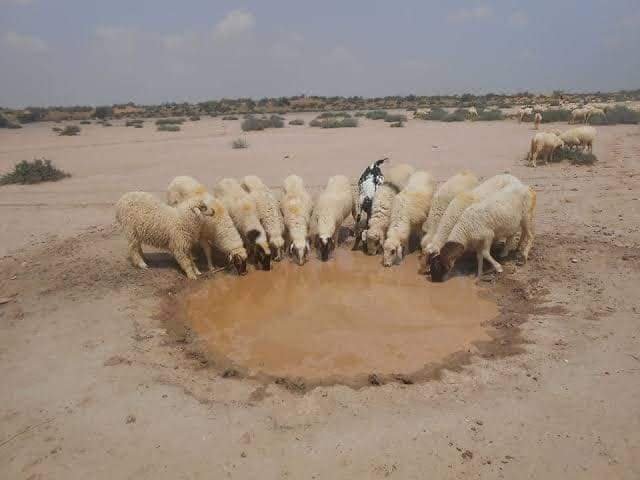The Cholistan Desert is one of Pakistan’s largest deserts, home to a semi-nomadic population and their livestock. Cholistan’s main source of income is livestock. Water is a limited resource in the desert climate due to low and unpredictable rainfall as well as prolonged drought.
Cholistans have constructed water ponds known as “tobas” to address the issue of water scarcity and to ensure livestock access to water. However, due to extreme weather and the risk of intrusion, pond storage capacity is limited.

Only 500 of the desert’s approximately 1,500 water points (tobas) were operational. The majority of tobas have not been built in suitable locations because their existing areas have not been scientifically identified in order to obtain maximum rainfall.
Water scarcity has begun in various parts of Cholistan with the arrival of summer (Rohi).

Residents of Cholistan’s various tehsils get their drinking water from Klarwala Kahu (KWK), a small area 70 kilometres from the district headquarters.
Residents claim that they must travel to KWK on camels carrying plastic drums of water.

According to another source, the water level in an old well in KWK has also dropped. The well’s water is brackish, but the people of Cholistan have no other option.
Residents of Rohi claim that the Cholistan Development Authority (CDA) made arrangements to supply water via tankers and store it in various areas, but that these arrangements were canceled after 15 days, despite the fact that the residents paid the transportation fees.
A CDA official, speaking on the condition of anonymity, confirmed that the supply of drinking water from various turbines had been cut off due to a diesel shortage.
